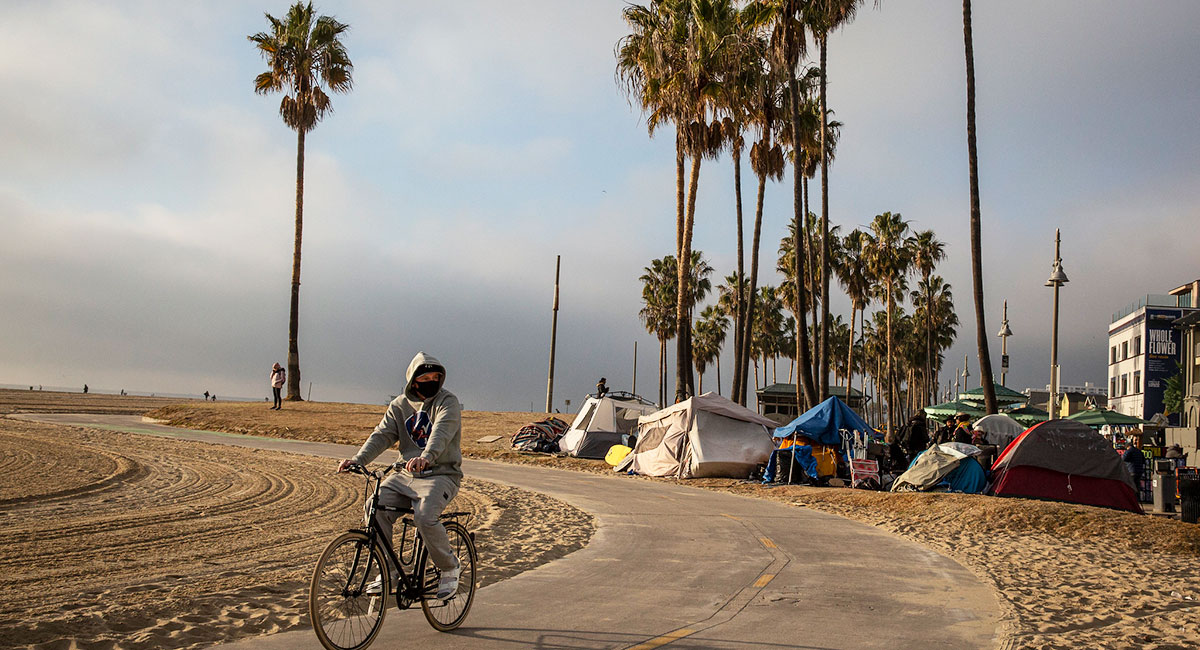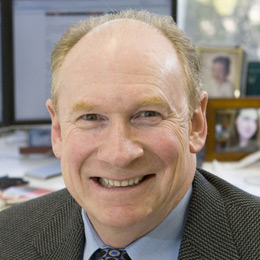California governor Gavin Newsom sharply criticized a judge’s recent injunction that prevents San Francisco from clearing homeless encampments within the city, calling the injunction “preposterous” and “inhumane.” San Francisco’s efforts to clear these encampments is a significant change from the city’s long-standing policy of permitting the homeless to live on city streets, which has overwhelmed some city neighborhoods with 24/7 drug trade and public health dangers that some consider to be much worse than in the slums of developing countries.
There are now over 172,000 homeless individuals in California, reflecting California’s flawed, long-standing approach to homelessness, one that has burned through billions of dollars, exacerbated crime, damaged cities, and facilitated substance abuse. Newsom, and those within the state’s Democratic party who share his views, are far too late in accepting that the state’s approach to homelessness has failed.
The problem of homelessness has become intractable under status quo policies. California has spent $20 billion on homelessness in the last five years, and during this period the number of unhoused persons has increased by nearly 40,000. It is tempting to conclude from these statistics that the more California spends, the worse homelessness becomes. There is more than a hint of truth to this.
An important reason why state and local government homeless policies have failed is because they have been based the “Housing First” approach, which provides permanent housing for homeless individuals without requiring them to be treated for substance abuse or mental health issues. Beginning in 2016, California law has required that all state and local homeless policies follow Housing First principles. However, since Housing First became law, chronic homelessness in California has increased, rising from 32,000 in 2016 to about 61,000 this year. Before the new law took effect, chronic homelessness fell from 65,000 in 2005 to 32,000 in 2015.
The idea behind Housing First was that providing homeless individuals with permanent housing would lead them to get their lives together, based on the assumption that substance abuse and emotional health challenges were a consequence of homelessness, not a cause. However, a study by the US Department of Health and Human Services found that Housing First policies had no effect on helping the unhoused deal with substance abuse or mental health issues. This fact is inconsistent with the common narrative among Housing First supporters that providing permanent housing will be transformative for the homeless dealing with substance abuse or mental health problems. The evidence that Housing First policies do not work as intended is critically important, because 63 percent of unhoused Californians have substance abuse, mental health issues, or both.
Housing First policies also drive up costs enormously, because building permanent housing for the homeless population has become inordinately expensive. Building a single unit of housing—some of which are either studio or one-bedroom apartments—in San Francisco costs up to $1.2 million. This amount can purchase nearly four median-priced single-family homes in the rest of the country. San Francisco has advised the state that it will build 33,000 units of housing for homeless and low-income households over the next eight years, which pencils out to nearly $40 billion at current costs.
I don’t know of anyone who can account for why building costs are so high. Some of it is due to large permitting delays and reviews. Some is due to the large number of lenders that are typically involved in such projects, which means more attorneys, accountants, auditors, and administrative staff. Some is due to prevailing wage requirements, which drive up labor costs significantly. But I doubt that those factors together add up to $1.2 million per apartment unit.
An audit of “affordable” housing construction costs is in order. More broadly, an audit of spending on California homelessness is in order. Historically, the political leadership within the state has been unwilling to perform such an audit, despite calls for an audit from Republican lawmakers since at least 2020. Republicans were able to put together bipartisan support for an audit earlier this year, with Democratic senator David Cortese and assemblyman Evan Low joining Republican senators Roger Niello and Rosilicie Ochoa Bogh and assemblyman Josh Hoover in requesting the audit. Senator Niello remarked: “Homelessness is the most urgent issue facing California. Given the crisis has only worsened, we need to know what the money has accomplished and what programs have been effective in moving people to permanent housing.”
The homelessness spending audit will inform policymakers about where spending is working and where it isn’t. But even if California reformed its homelessness policies to tie providing shelter with substance abuse and mental health treatment and if it reduced building costs substantially, homelessness would remain a problem for the state. This is because far too many Californians cannot realistically afford to live in the state, given that California’s political leadership has implemented a mare’s nest of policies—tax, regulatory, energy, and housing—that have substantially raised the cost of living.
The median California home price is about $832,000, and the median condominium price is about $645,000. California gasoline costs are the highest in the country. Electricity costs are the nation’s third highest. Rents are the third highest.
About 13 million Californians live in or near poverty, defined as a household income for a family of three of only about $41,000 per year. If these people were a state, they would be the fifth largest state in the country, smaller than New York but larger than Pennsylvania. And many of these individuals and families are just one piece of bad luck—job loss, car repair, health expenditure—from becoming homeless.
California’s Democratic Party lawmakers have chosen to make living in California extremely expensive. Now, they must confront the overwhelming problem of dealing not only with the state’s current homeless population of 172,000 but also the many more thousands who will become homeless in the future because of their policies. California’s status quo policies have given rise to what has become a perpetual problem. And those who created those policies show no willingness to change.








